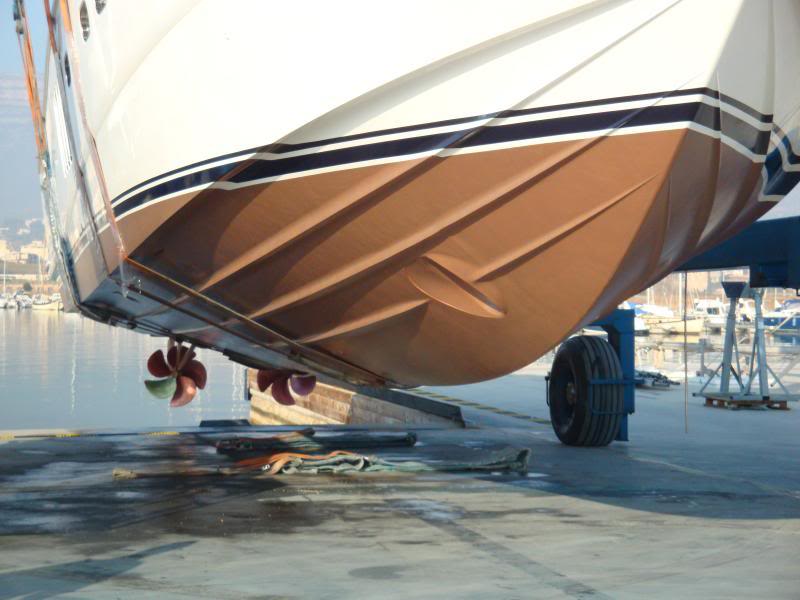aquapower
Well-Known Member
Rafiki - your estimate of about £2000 for a professional Coppercoat application to a 40ft yacht is pretty accurate.
I'd love to know where you can get it done for 2k? With costs of lifts, blasting, materials and labour you would probably be near double that.




















